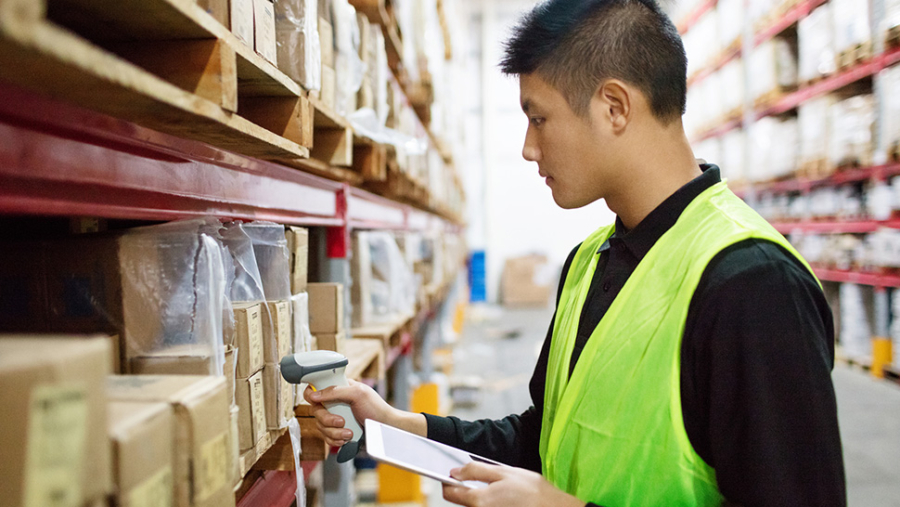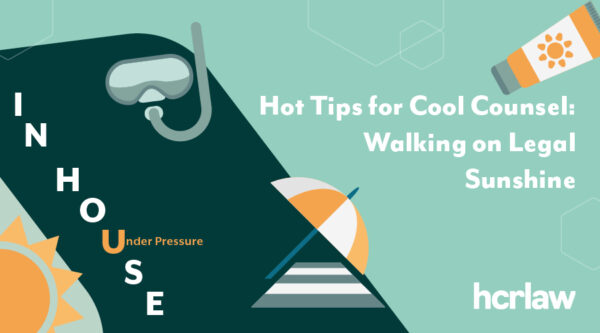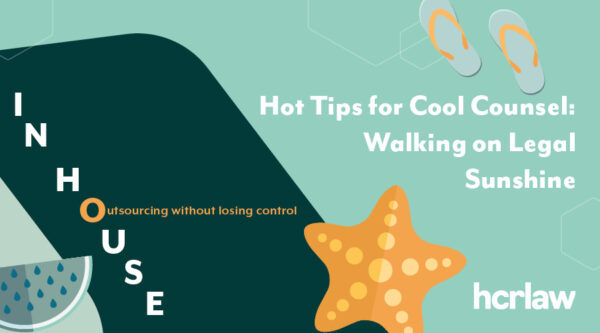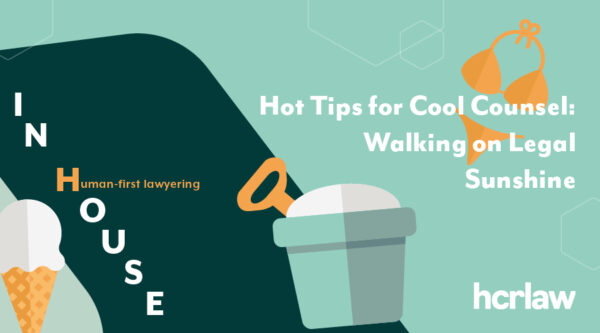

If you import goods from outside the UK, the address of the importer of record must be written on labels affixed to those goods. If you’re exporting outside, then most countries will require a local address as well as your address.
All too often, the address is incorrect, either because the importer changes its premises during the season or because the entity itself changes. For example, you might import a large volume of goods which are still being put onto retail shelves several months later, whilst in the meantime, the importer has expanded and moved to a bigger warehouse. Another possibility is that the old distributor is replaced. In both cases, the address will now be out of date.
It is important to consider the issue from a risk management perspective. Although it may sound trivial, if there are thousands or tens of thousands of stock items in transit or on sale, there can be a serious liability issue. Businesses need to consider the following:
- If discovered by customs at the point of import that the address is incorrect, customs may take action, which could lead to delays in transport or even confiscation of goods or fines
- If discovered by the trading standards regulatory authority when the goods are on sale, could there be similar consequences?
- If a consumer or retailer attempts to contact you using the wrong address and finds that it is unable to do so, would that person or entity have a civil cause of action against them?
Along with many other countries, the UK’s requirements on labelling are disorderly and encompass complicated regulatory regimes. These regulatory regimes – customs, trading standards, criminal enforcement, and product quality – have all issued rules on this topic, with some overlap and repetition, with different types of products having different requirements. Brexit has resulted in the UK trying to mirror previous EU requirements but doing so in a slightly different way.
Similarly, many other countries have complicated regulatory regimes on labelling. The focus of this article is on what should be the easiest to get right – the local address, but in our experience it is the most frequently overlooked.
Generally speaking, if the wrong address is deemed to be misleading information, there is a risk from consumers and local trade authority. Consumers have the right to complain and seek remedies if they are genuinely misled and suffer loss as a result. Furthermore, Trading Standards bodies have the power to enter premises for inspection and even seize material.
The following general tips can help businesses reduce this risk:
- Ensure your website is easily accessible, shows the correct address, and also provides email, phone and social media contact details
- When premises change, pay extra to ensure the forwarding address works efficiently
- Consider the likelihood that a correspondent would physically visit the wrong premises If it is customary in the industry to arrive in person, then the importance of providing a correct address is greater
- Consider the distance between the incorrect address and the correct one – the closer the better
- Work with distributors to ensure additional corrected documentation – stating that it corrects the misleading label – is sent and accompanies batches of products as far as possible
- Make regular checks of the old address in case consumers or retailers have been mis-directed
- Ensure the importer’s correct address is available on ancillary packaging, and both prominent and easily discovered online, meaning the UK address is easy to find in just two or three clicks.
The more effort taken to remedy the error, the lower the risk of penalty or lawsuit. However, the overall risk will also depend on the harm done, if any, the category of goods you are importing or exporting, how draconian – and how strictly enforced- the regulations of the relevant country are along with how litigious its citizens are.










